Urban living often comes with many challenges, limited space and less access to natural light being close to the top of the list. This setup can feel somewhat restricting, especially if you’re someone who loves having a bit of greenery around. But not to worry—you can still enjoy the rewards that come with the presence of plants, even in a compact city apartment.
Indoor plants are not just decoration; they offer many benefits. Beyond adding a touch of nature indoors, plants can improve air quality, boost your mood, and even increase your productivity. They’re like little green companions that enhance your quality of life right where you are.
Now, when it comes to selecting the right kind of plants, low-light plants are some of the best choices for urban settings. These plants thrive with minimal sunlight and adapt well to the urban lifestyle. They’re generally easygoing and don’t demand constant attention, making them perfect for busy schedules and smaller living spaces.
Top 5 Low-Light Plants Ideal for Urban Spaces
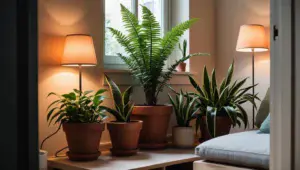 Low-light plants have a knack for surviving in dim corners, making them ideal companions for urban dwellers who might not have a sun-drenched home. These resilient green buddies can handle the kind of light they get from windows, lamps, or even a hallway corner.
Low-light plants have a knack for surviving in dim corners, making them ideal companions for urban dwellers who might not have a sun-drenched home. These resilient green buddies can handle the kind of light they get from windows, lamps, or even a hallway corner.
- Snake Plant (Sansevieria): The Snake Plant is nearly indestructible, and Snake Plants thrive in low light. Plus, Snake Plants filter toxins from the air inside your home. Avoid overwatering.
- ZZ Plant (Zamioculcas zamiifolia): ZZ Plant is a stylish plant with shiny, waxy leaves. Extremely hardy and tolerant of neglect—great for busy plant owners. The ZZ Plant will thrive with minimal attention to care.
- Peace Lily (Spathiphyllum): The Peace Lily produces lovely white blooms and Peace Lilys thrive in indirect or low light. And like the Snake Plant Peace Lilys help filter air. Keep the soil moist for best results.
- Spider Plant (Chlorophytum comosum): Spider Plants sport arching green-and-white-striped leaves. They will need the occasional watering and dusting of leaves. Mature plants will send out long stems that produce small flowers. If the flower is pollinated a small fruit will grow and if left alone it will fall off and produce another plant, which you can then transplant.
- Pothos (Araecea Family Member): Pothos is a flowering plant. Pothos is adaptable and has trailing vines. Pothos is ideal ideal for hanging. Pothos is also forgiving if neglected—just hydrate occasionally for a full lush look.
Maximizing Limited Space: Creative Display Ideas
Living in the city often means making the most out of every inch. Finding creative ways to display your plants can transform your limited space into a lush retreat without feeling cluttered.
Vertical gardening is a fantastic approach to freeing up floor space, whether using wall-mounted planters, tiered plant stands, or vertical garden structures. These setups not only save space but also create an eye-catching green wall that becomes a focal point in any room.
Consider hanging pots from the ceiling or windowsills. This method works wonders for plants like Pothos or Spider Plants, which have trailing vines that give a lively, cascading effect.
Adding shelves is another great option. Floating shelves or ladder shelves can hold groups of small plants, creating a mini garden that acts as living art. These shelves can fit into almost any corner and blend seamlessly with your current furnishings.
For those who love a bit of DIY, consider repurposing everyday items like mason jars or old containers as planters to add a personal touch. This not only enhances your space creatively but also helps in recycling old stuff into something functional and beautiful.
Caring for Low-Light Plants: Expert Tips and Tricks
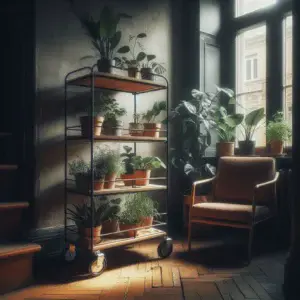
Keeping your low-light plants thriving in an urban environment is far more straightforward than it might seem. The key lies in understanding each plants unique needs and adjusting your care routine accordingly.
As always watering is crucial, but with these plants, often times less is more. Overwatering is a common mistake, so it’s wise to let the top inch of soil dry out between waterings. It’s about trying to strike a balance—a finger check in the soil can help determine when they’re ready for the next drink.
As for soil, using a well-draining potting mix is essential. It allows water to flow through easily, preventing the roots from sitting in a soggy mess. Adding perlite or sand can enhance the drainage properties of your potting mix if needed.
Regular monitoring is key to keeping your plants healthy. Keep an eye on their leaves; a change in color often signals a need for water or a change in the light condition. Browning or yellowing leaves can be a call for adjustment, whether in light, water, or nutrients.
Fertilizing can also give your plants a boost, especially during growing seasons like spring and summer. You should opt for a balanced, water-soluble fertilizer, used according to package instructions. It’s a simple way to provide essential nutrients without overwhelming your plants.
With some attention and understanding, your low-light plants can flourish, helping to turn your urban home or apartment into your own personal green oasis.
See Gardeners Supply Company for All Your Gardening Needs!
Looking for indoor Vertical Gardening ideas? This Folding Two Tier Grow Shelf with Plant Lights is good place to start.
This post contains Affiliate Links.

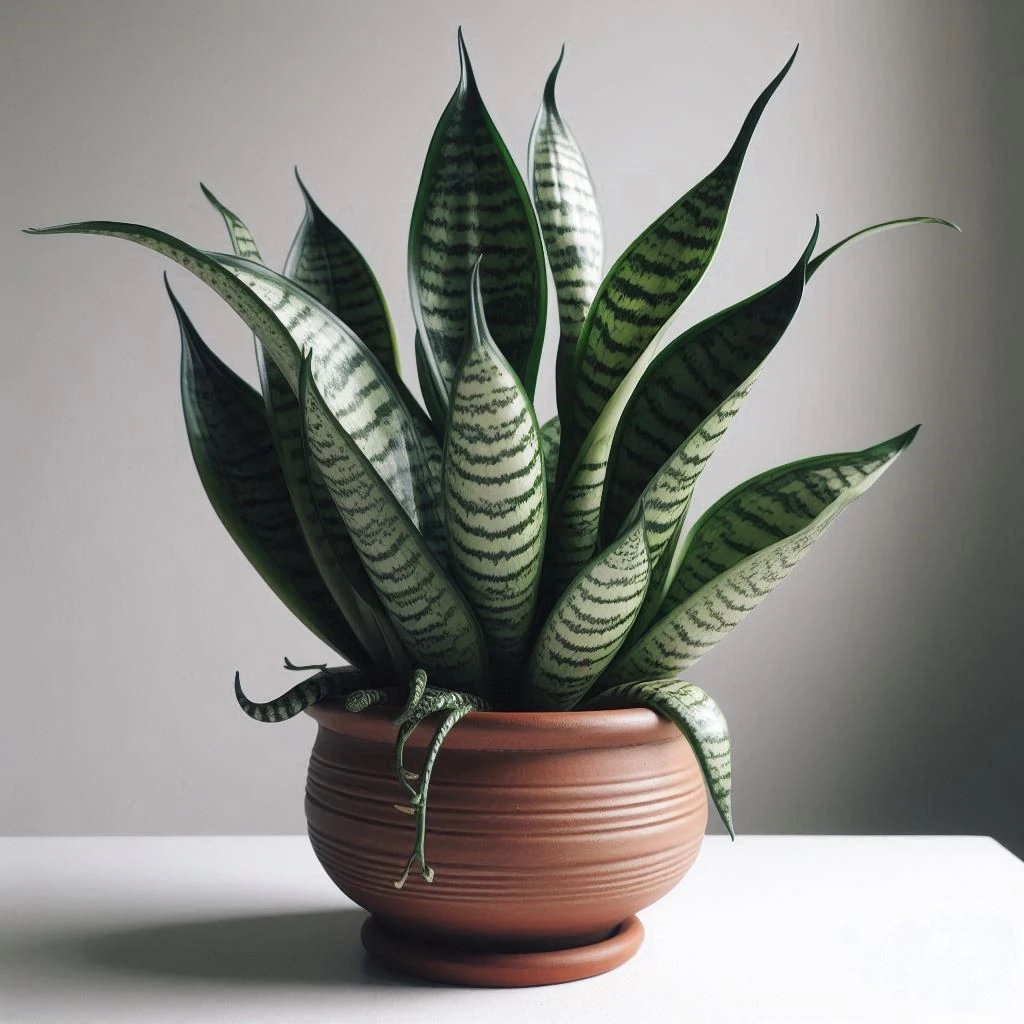
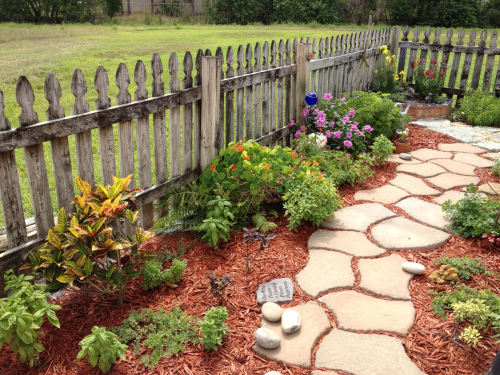
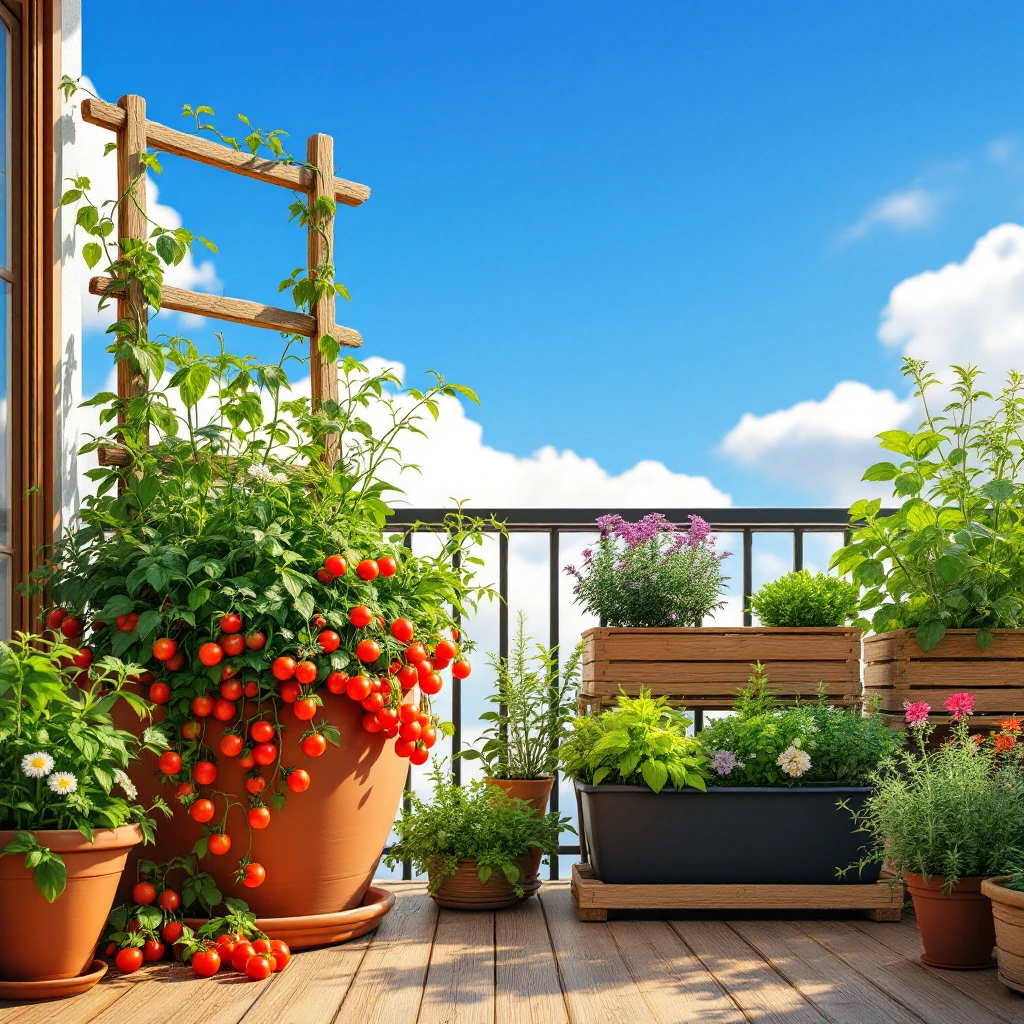
Hi! Loved your guide on low-light plants for urban spaces! It’s great to know that even in places with limited sunlight, we can still bring in some greenery. Do you have a favorite plant from the list that’s easy to care for? Also, any tips for keeping them healthy in smaller apartments? Would love your advice!
The Snake Plant and the Peace Lily are my favorites, they clean the air, and the Peace Lily smells wonderful, it’s kind of subtle fragrance.
I have other tips, but watering, correct feeding and if you can get some soil pH strips and try to match your soil pH to the plants preferred pH.
Thanks for the comment, it’s much appreciated.